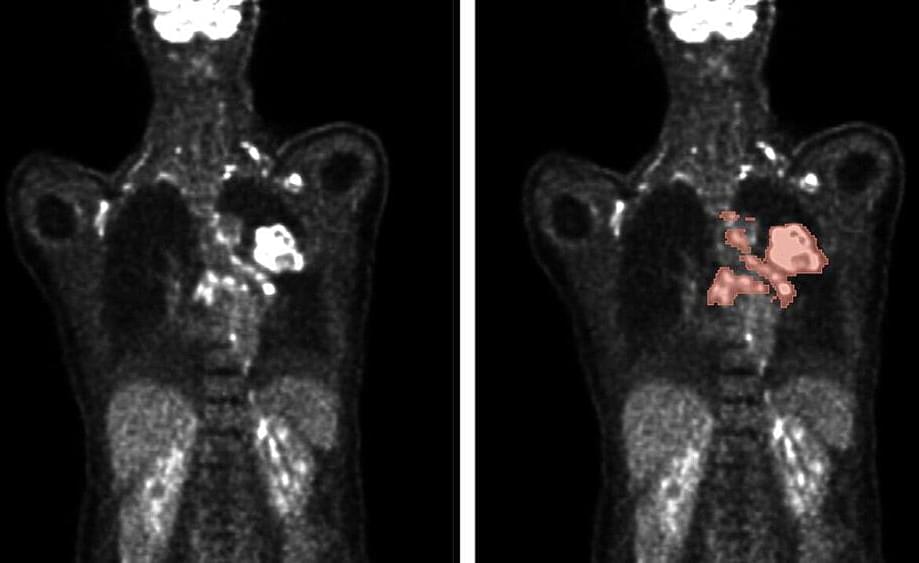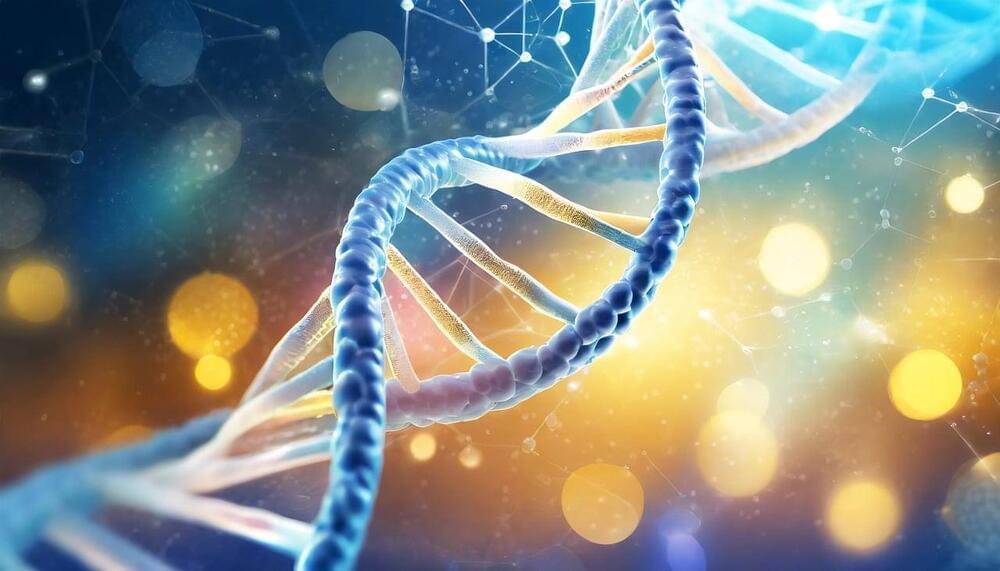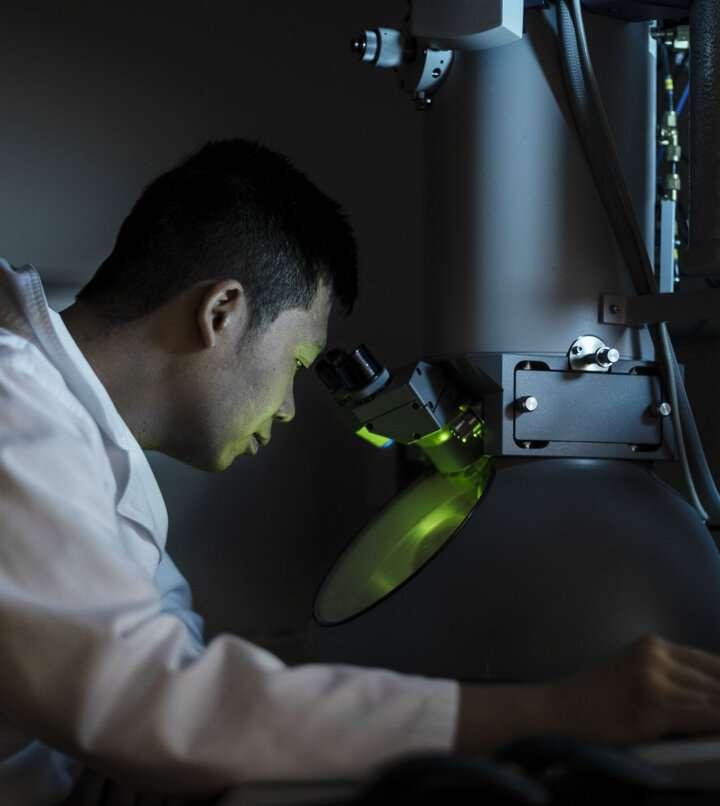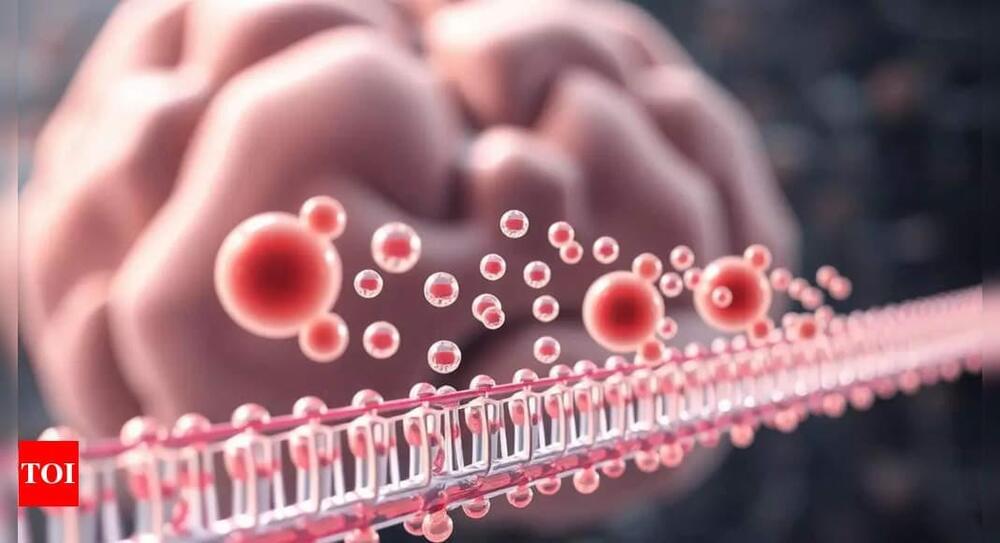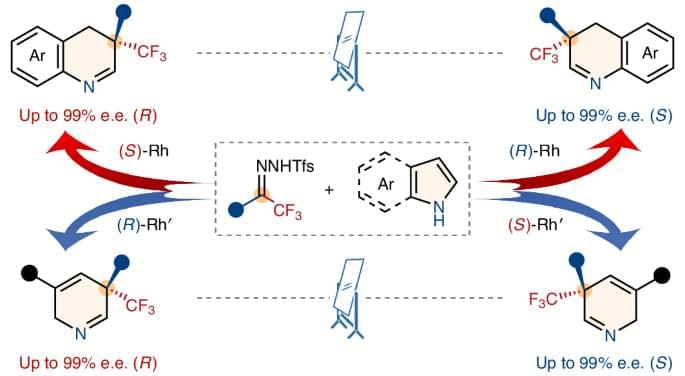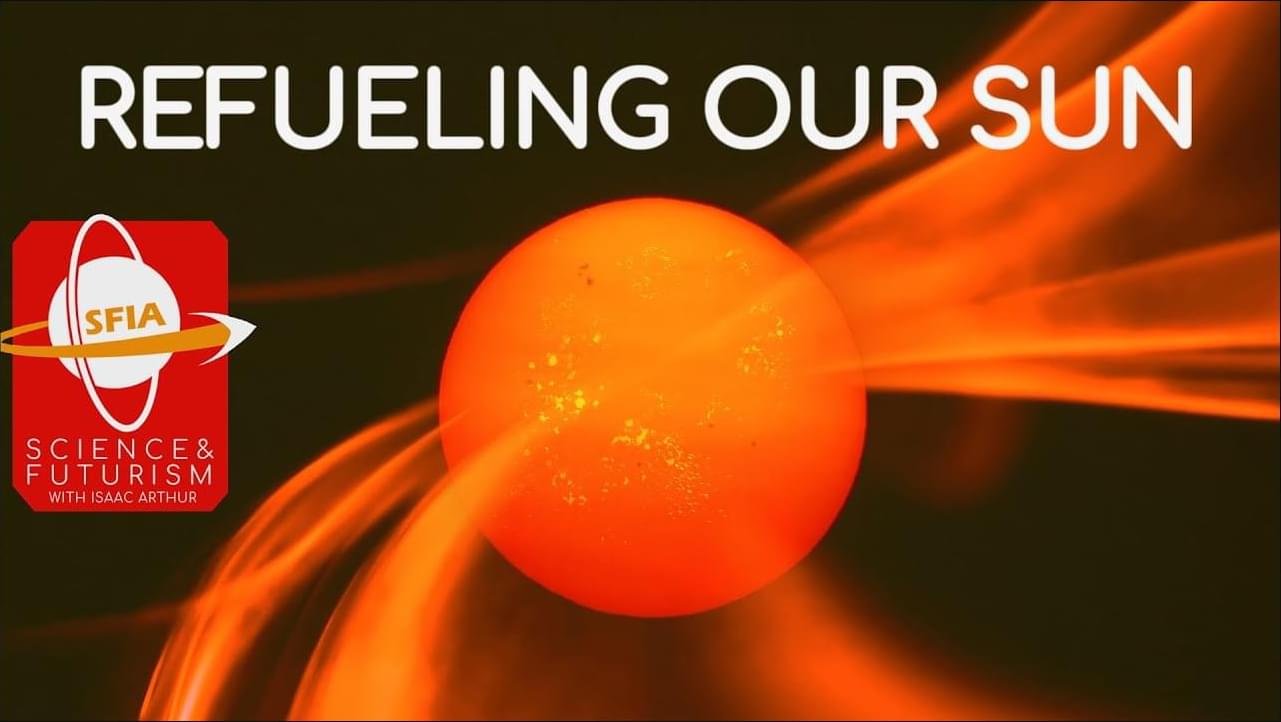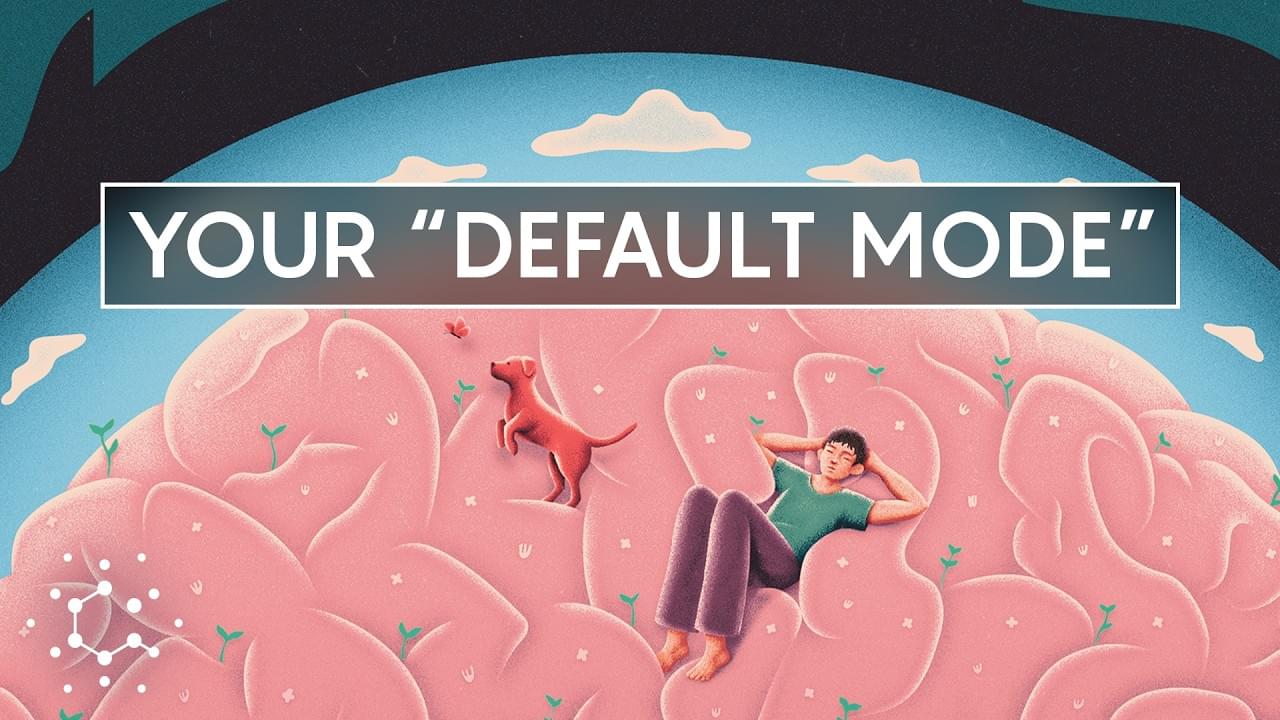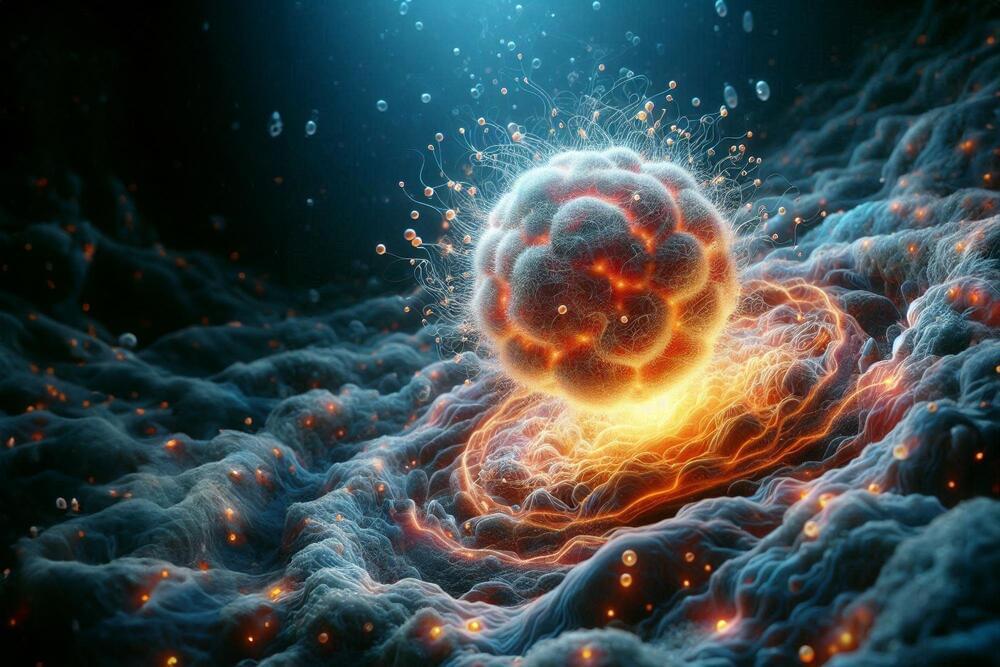Artificial intelligence has the potential to improve the analysis of medical image data. For example, algorithms based on deep learning can determine the location and size of tumors. This is the result of AutoPET, an international competition in medical image analysis, where researchers of Karlsruhe Institute of Technology (KIT) were ranked fifth.
The seven best autoPET teams report in the journal Nature Machine Intelligence on how algorithms can detect tumor lesions in positron emission tomography (PET) and computed tomography (CT).
Imaging techniques play a key role in the diagnosis of cancer. Precisely determining the location, size, and type of tumor is essential for choosing the right therapy. The most important imaging techniques include positron emission tomography (PET) and computer tomography (CT).
